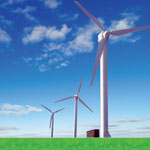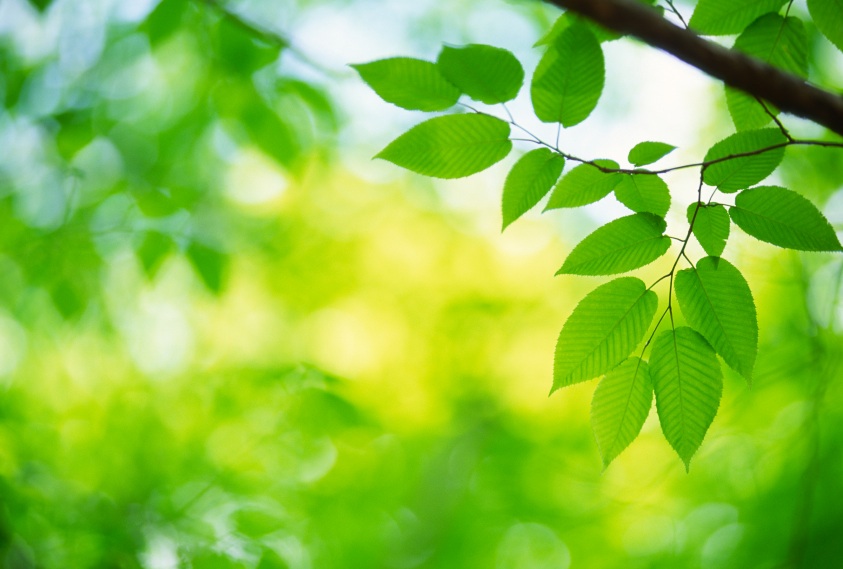
Recently, I’ve been posting about lessons learned in sustainable forestry during my trip to Finch Paper in upstate New York. But sustainable forestry is about more than selecting which trees to cut and who makes those decisions. It’s also about water quality.
Erosion and sediment are the primary potential non-point source pollution problems associated with forest management activities, especially at stream crossings for forest roads and skid trails. Erosion moves soil and can damage or destroy forest roads or skid trails, making it more expensive or impossible to use them during or after timber harvests. Sedimentation and turbidity (cloudiness) — caused when the eroded soil finds its way into a stream, wetland pond, or lake — can damage fish habitats and spawning areas, and make the water unsuitable for other uses downstream.
This comes from the New York State Forestry Best Management Practices Field Guide for Water Quality. What’s encouraging is that this guide exists and foresters planning and helping to implement timber harvesting actually use it. Topics range from handling skid trails and stream crossings to erosion control tools and techniques.
The goal of the guide is help those harvesting the forests to understand that it is not just better for the environment but it is almost always more economical to take preventative measures than it is to fix problems once they occur. Plus, if you do it right the first time, it’s a good way to keep the regulators out of your hair.
Best practices include things like keeping roads a minimum of 200 feet from wetlands or bodies of water, not locating roads on grades in excess of 10%, and controlling the flow of surface water using water diversion structures. The guide even includes discussion of post-harvest wrap-up, like removing “non-native debris” (trash) and stabilizing exposed soil by seeding and mulching at the end of the operation.
None of this is rocket science, but it was eye-opening for me to see a forester on staff with a paper company carrying it around in his pocket. These guys really do care about all aspects of the forest, including water quality, and take measures to look at the forest in a holistic way.
Not every harvester of timber takes these steps, of course. But it is becoming more and more common. Not always because it’s the right thing to do, but because it’s also the economical thing to do. Either way, it doesn’t matter to me as long as we get the right outcome — someone’s protecting the water.









